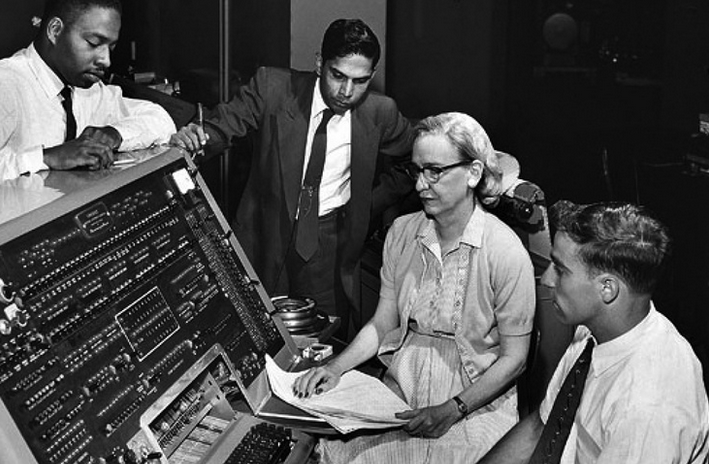These 8 women changed the tech world forever
Today, despite initiatives to counteract this, women are clearly underrepresented in so-called MINT professions. There are multiple reasons for that; the fact that there are so few really well-known role models is certainly one of them. But they exist. In this listicle we introduce you to pioneers of early programming.
Contents
- 1 The Cobol Trailblazer: Grace Hopper
- 2 Secret Army Project: The ENIAC Programmers
- 3 The space pioneer: Evelyn Boyd Granville
- 4 The BASIC developer: Mary Kenneth Keller
- 5 The woman behind Apollo 11: Katherine G. Johnson
- 6 The first female game developer: Carol Shaw
- 7 The Mother of the Internet: Radia Perlman
The Cobol Trailblazer: Grace Hopper
Grace Hopper paved the way for the creation of Cobol, a programming language that is still used today. (Photo: commons.wikimedia.org)
Grace Hopper was born in New York, 91 years after Lovelace. She was a scientist and served in the US Navy. Hopper pioneered the development of the first compiler and programming of the Harvard Mark 1 – a space-filling computer used in the numerical calculation of differential equations. She was one of the masterminds behind the advancement of hardware-independent programming languages - her work paved the way for the emergence of one of the first so-called high-level languages that, interestingly, is still widely used today: Cobol.
Hopper died in 1992.
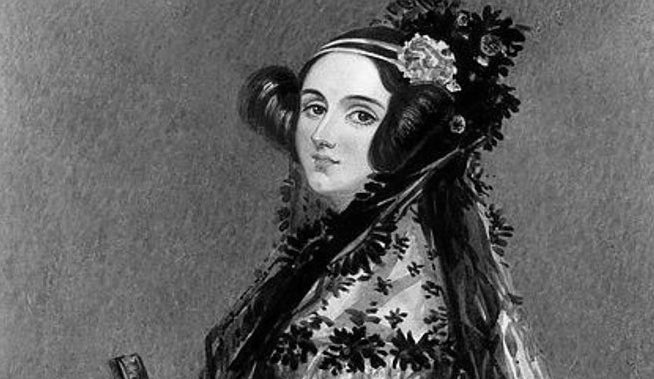
Ada Lovelace developed the first computer algorithm. (Image: commons.wikimedia.org)
Born in 1815, more than 100 years before the first prototype of a modern computer was built, Ada Lovelace is considered an absolute pioneer of programming. When asked about female names that have shaped the field, hers is often the first to be mentioned. Her reputation is due to her involvement in the interpretation of Charles Babbage’s Analytical Engine. The Analytical Engine has enabled the mechanization of mathematical operations. Their development is considered a key event in the history of computer evolution. A programming language was even named after Lovelace: The Ada programming language is an object-oriented, so-called high-level language that has features such as strong typing, concurrency, protected objects and non-determinism.
Lovelace died in 1852.
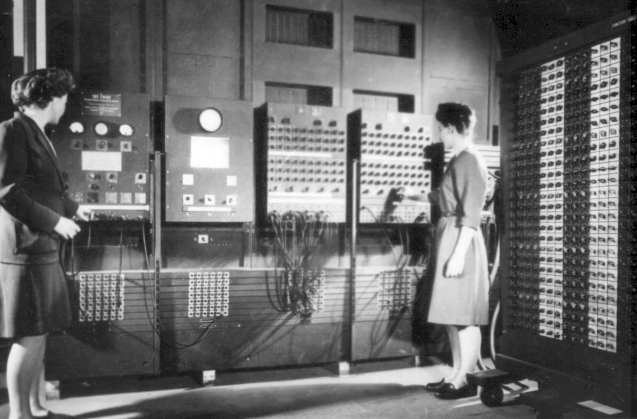
Betty Jennings (later: Bartik) and Frances Bilas (later: Spence) with the ENIAC. (Photo: US Army/ Wikimedia Commons)
Behind the acronym are six female programmers, Kathleen McNulty Mauchly Antonelli, Jean Jennings Bartik, Frances Snyder Holder, Marlyn Wescoff Meltzer, Frances Bilas Spence, and Ruth Lichterman Teitelbaum, who credited themselves with developing the first all-electronic programmable computer. The ENIAC project was a secret US Army project during World War II. At that time there were no programming languages in today’s sense – programming was based on logic diagrams. The work of the six women resulted in a computer that could perform infinitesimal calculus in seconds. However, they did not get the recognition they deserved for their achievement. They later received the label “The six great ENIAC women”. Today, the ENIAC project is dedicated to reconstructing their work.
Born in Washington DC in 1924, Evelyn Boyd Granville was the second African American woman, after Martha Euphemia Lofton Haynes, to earn a doctorate in mathematics from an American university. After graduating from college, she received her doctorate from Yale in 1949 and then taught at Fisk University in Nashville. She then moved to the US Space Technology Laboratories, where she calculated rocket trajectories for various US space missions. In 1967 she resumed teaching and spent the remaining 30 years of her career promoting the education of women in technical subjects. She is considered a pioneer in the field of data processing.
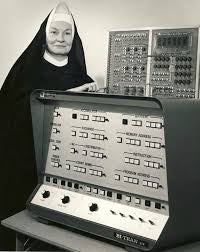
Sister Mary Kenneth Kelly was instrumental in the development of the BASIC programming language. (Photo: Wisconsin State Journal/Wikimedia Commons)
Mary Kenneth Keller, also known as Sister Mary K. Keller, was an American Catholic nun who contributed to the BASIC programming language. BASIC was an important milestone for the further spread of programming. Born in Cleveland in 1913, Keller is believed to be the first woman to earn a PhD in computer science in the United States. After earning her doctorate, she established a chair in computer science at Clark College in Iowa, which she held for over 20 years. During her time at the university, she particularly encouraged female students to use computers.
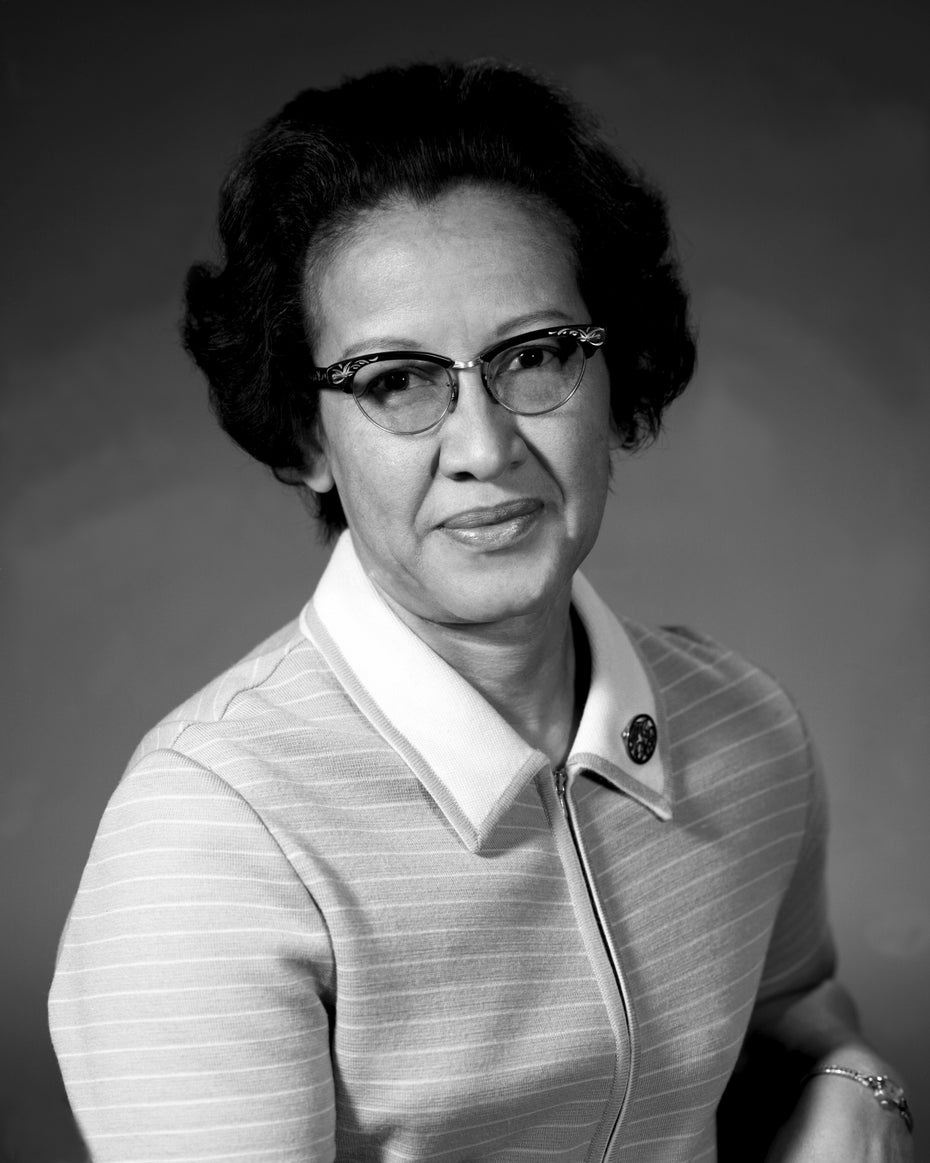
Katherine Coleman Goble Johnson. (Photo: Nasa/Wikimedia Commons)
Born in West Virginia in 1918, Katherine G. Johnson, like Boyd-Granville, was an African-American mathematician. At the end of 2015, she was awarded the Presidential Medal of Freedom for her work on the trajectory calculations for the Mercury program and the first manned flight to the moon carried out as part of the Apollo 11 mission. In 2016, her career and accomplishments in US space travel were retold in the multi-award-winning feature film Hidden Figures, based on the non-fiction book of the same name. She passed away in 2020.
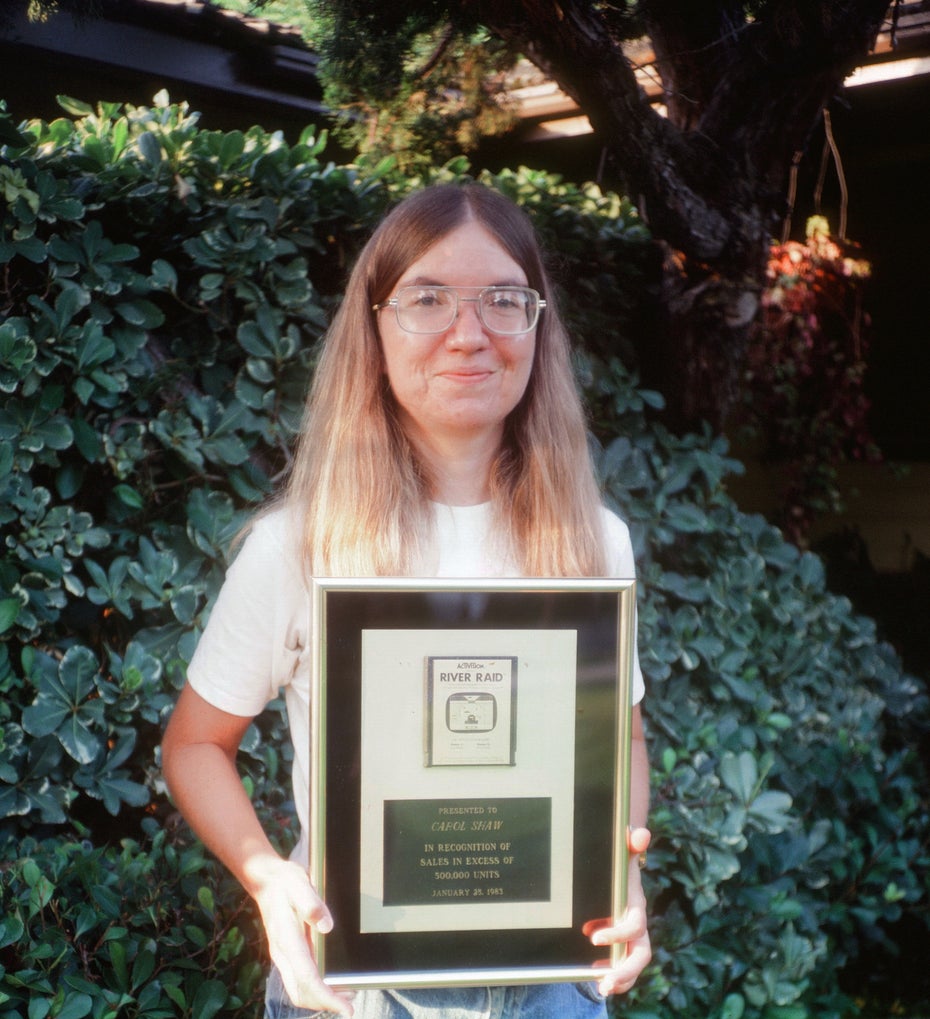
Carol Shaw with her award for selling 500,000 copies of River Raid, a game she developed. (Photo: Wikimedia Commons)
Carol Shaw, born in 1955, is considered the first female game developer. After earning an electrical engineering degree from the University of California, Berkeley, she worked for Atari Inc. and during her career developed some of the development studio’s most successful games, including 3-D Tic-Tac-Toe, River Raid and Polo.
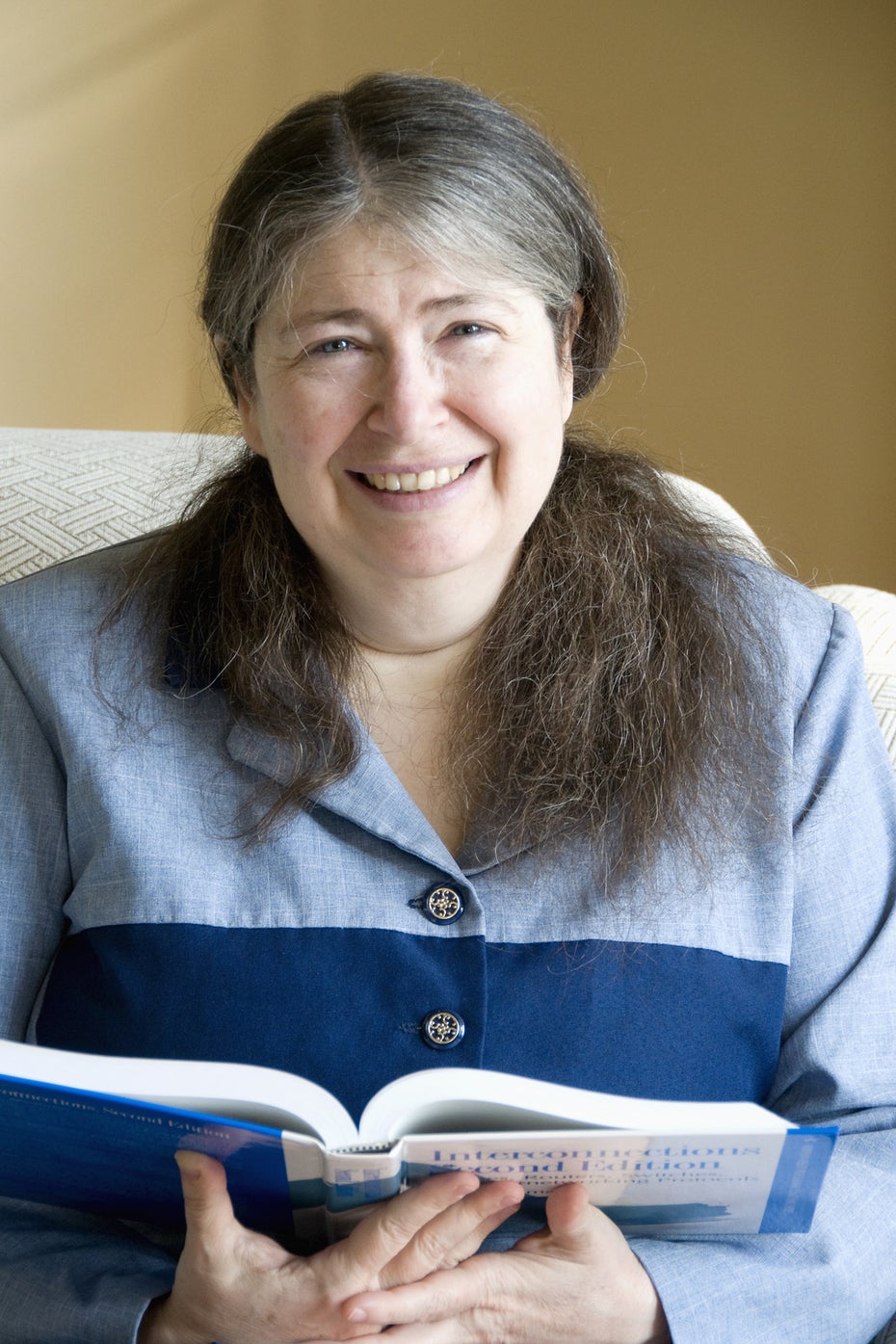
Radia Perlman invented the Spanning Tree Protocol. (Photo: Wikimedia Commons)
Radia Perlman, born in 1951, is best known for the development of the so-called spanning tree protocol, a central part of so-called switch infrastructures and thus a fundamentally important part of how the Internet works. During her studies at MIT, she developed a programming language tailored for children called TORTIS (the acronym stands for Recursive Turtle Interpreter System) as part of a research project. She was instrumental in the advancement and standardization of network design and link-state protocols. Following the development of the spanning tree protocol, she developed software called TRILL to correct its shortcomings. Today, the digital pioneer works at Intel. She holds over 100 patents.
